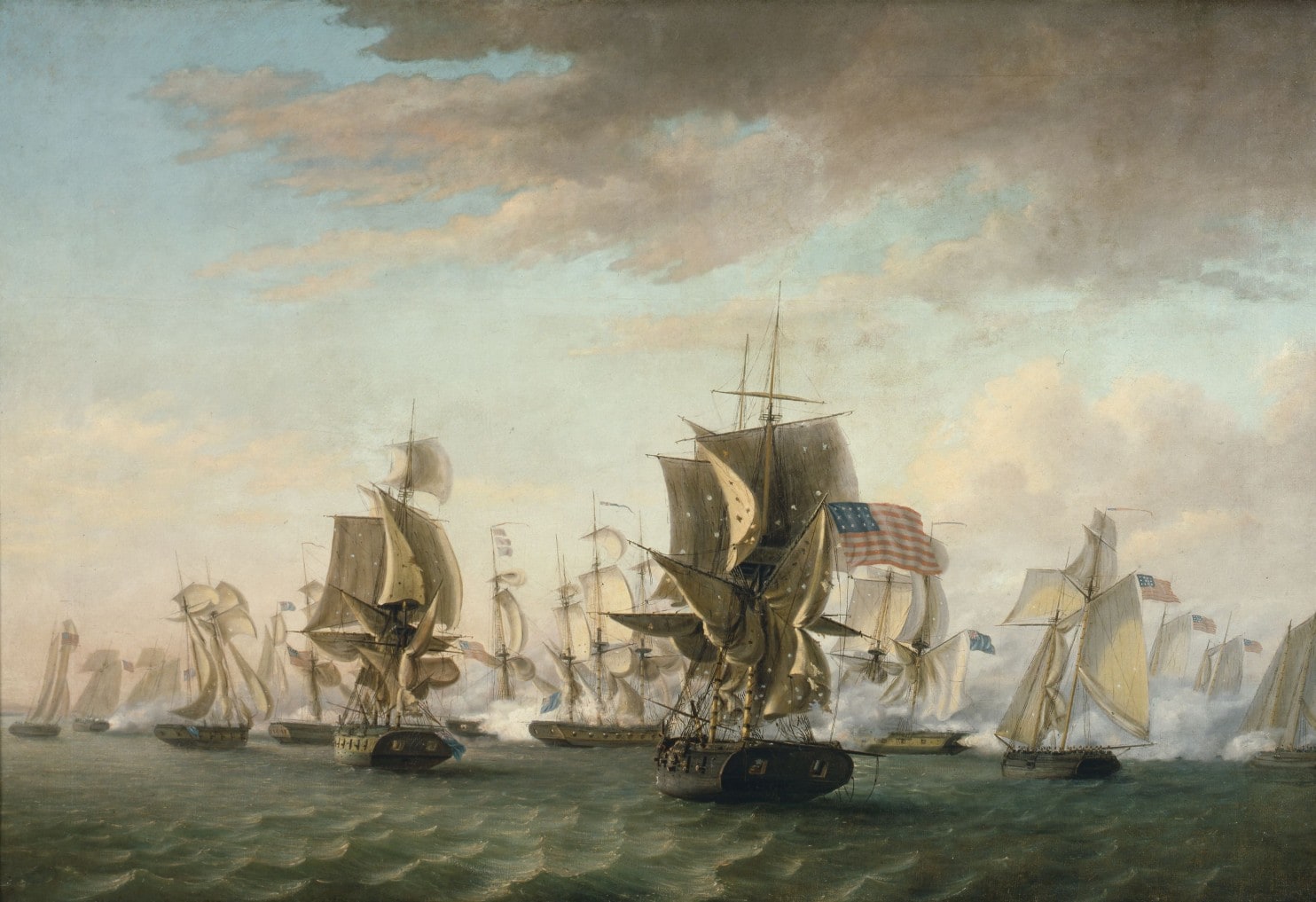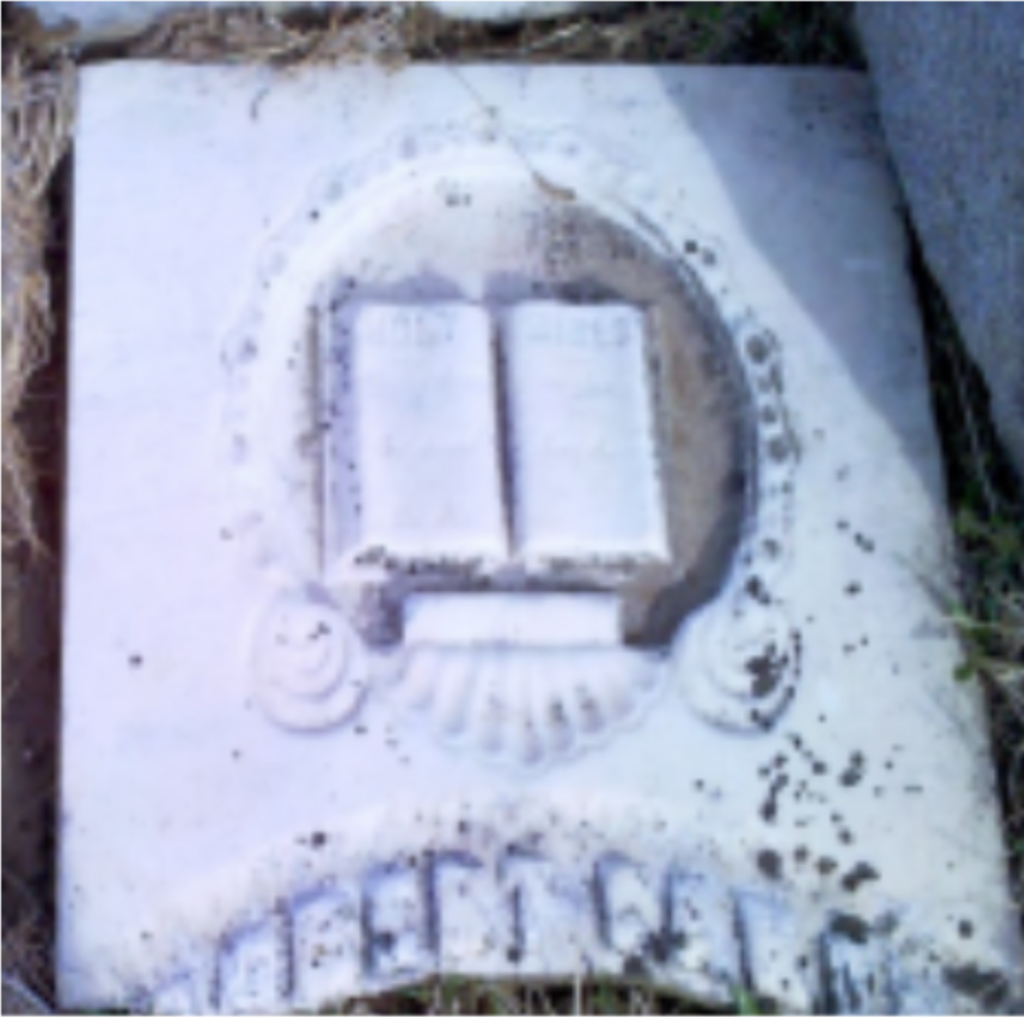
01 Aug Robert Eaken, 1812 Veteran
The War of 1812 is often referred to as “America’s Forgotten War.” It was, however, a never to be forgotten experience for Robert Eaken, an eventual Roanoke area resident.
The 1812 conflict emerged from numerous causes. Many stemmed from England’s failure to abide by the terms of the 1783 treaty that concluded the Revolution. Britain continued treating the United States as though it were a wayward child who had wandered from the fold but remained subservient to paternal discipline. Robert, then a resident of Pennsylvania, would be caught up in the gathering storm.
Chief among the headwinds of conflict were the continued presence of British troops located in the lands of the United States west of the Allegheny Mountains: The 1783 treaty formally acknowledged American independence and surrendered all British claims to lands from the Atlantic to the Mississippi. England encouraged Native Americans to resist white encroachment and provided them guns and ammunition. Its navy intercepted unarmed ships flying the American flag and forcibly “impressed” crew members into the British navy. These provocations – each insulting the flag and displaying scorn for the sovereignty of the United States – inflamed public opinion in the young republic.
Congress, at the urging of President Madison, declared war against England in June 1812 then, two weeks later, adjourned without having appropriated any money in support of the war effort. America was woefully unprepared. Its navy and army had been neglected by the Jefferson and Madison administrations. The President called upon the states to mobilize their militia.
Robert Eaken enlisted in the 147th Regiment of Pennsylvania Volunteers in the spring of 1813 with the rank of Sargent. His wartime service would differ from that of most infantrymen.
British land and naval forces had promptly forced surrender of American posts at Detroit and Mackinac, seizing control of navigation on the Great Lakes and the ability to land soldiers along the American shore and provision its armies as well as their Native allies.
Plans were put in motion to build a naval squadron to challenge the British navy. The chosen site for building and outfitting the ships was near the settlement of Erie, Pennsylvania. A peninsula, Presque Isle, sheltered a harbor off Lake Erie. Although timber was plentiful, the immediate problem was obtaining shipwrights, sawyers, carpenters, blacksmiths, rigging, cannon and other needed supplies, all of which must be transported overland from the Atlantic coastal area and Pittsburgh. Although a rough path connected to Pittsburgh, nothing resembling a road existed. The area had relied on lake traffic for supplies and travel. Determination and relentless effort prevailed, overcoming a host of problems. Building and outfitting of the craft proceeded in a timely manner. American ingenuity would also master the troublesome task of clearing the shallow waters of a sandbar that limited access into Lake Erie from the harbor. There remained one critical shortage – manpower for the squadron.
The 147th Pennsylvania infantry was on hand. The regiment had marched overland to Presque Isle to man a garrison protecting the shipbuilders. Sgt. Eaken along with several others of the regiment responded to Commander Oliver Perry’s plea for volunteers to help man the squadron.
BATTLE OF LAKE ERIE
Eaken sailed aboard the schooner Tigress with a compliment of 26 officers and men when Perry’s squadron engaged, defeated and captured the more powerful British fleet September 10, 1813. In response to a call for volunteers to board the first of the English ships to strike her colors, Eaken is said to have been the second person to step aboard her deck. His meritorious service was commemorated by a medal and letter of commendation from the Governor of Pennsylvania.
Perry’s capture of the entire squadron flying the flag of the world’s greatest sea power has been termed one of the most significant naval engagements of history. To say his tactics were “gutsy” is an understatement. The victory ended England’s dominance of the Great Lakes which remained under American control for the duration of the conflict. British posts at Detroit and Mackinac were abandoned for want of provisions, giving the U. S. control of the northwest domain it had previously wrested from England by the 1783 treaty that ended the revolution. The victory provided a sorely needed morale boost, countering the dismal outcome of land battles and the sacking and burning of the country’s capital.
Robert Eaken’s name is among those of the servicemen carved into the interior wall of the Perry Monument on Lake Erie’s South Bass Island. (Typical of the era, it is a spelling variant appearing as “Eakin”.) As a “landsman” he received a seaman’s share of the prize money which, by the law of the seas, was awarded as compensation for the value of captured vessels and cargo. His portion amounted to $214.89 according to government records.
Following the war Robert became a resident of Wayne County Ohio where he briefly served as postmaster of a village. Late in life he and his wife Elizabeth accompanied son Thomas and family on their westward migration to Indiana in 1853. Here they commenced clearing 80 acres two miles southwest of Roanoke, fronting on what is today CR 800N. Robert died in 1855. He is buried in France Cemetery along Old Fort Wayne Road, a short distance from the family farm.

A fragment of a broken headstone remains to mark his final resting place: Application for a Veteran’s Administration marker is pending.
S. Williams
Sources: Muster Rolls of Pennsylvania Volunteers, War of 1842-1814, Vol I Pennsylvania Archives, pp.391,92. Robert Eakin, Military Service Records for the Volunteer Soldiers Who Served During The War of 1812 (Natl. Archives, Microfilm Box 63). Affidavit of Robert Eaken, War of 1812 Pension files & Bounty Land Records, re: Joseph Emerick, p.12 (Natl. Archives). Thomas Eaken biographical sketch, 1879 HUNTINGTON COUNTY ATLAS, p.42 (Kingman Bros., Chicago) [Re-print]. ROSENBERG, THE BUILDING OF PERRY’S FLEET ON LAKE ERIE 1812-1813 (Pennsylvania Historical and Museum Comm’n, 1987). Atloff, DEEP WATER SAILORS – SHALLOW WATER SOLDIERS: MANNING THE UNITED STATES FLEET ON LAKE ERIE – 1813 (The Perry Group, 1993). THE WAR OF 1812 (Fine Art Historical American Prints 1991). WAR ON THE GREAT LAKES: ESSAYS COMMEMORATING THE 175TH ANNIVERSARY OF THE BATTLE OF LAKE ERIE (Kent St. Press 1991).

No Comments